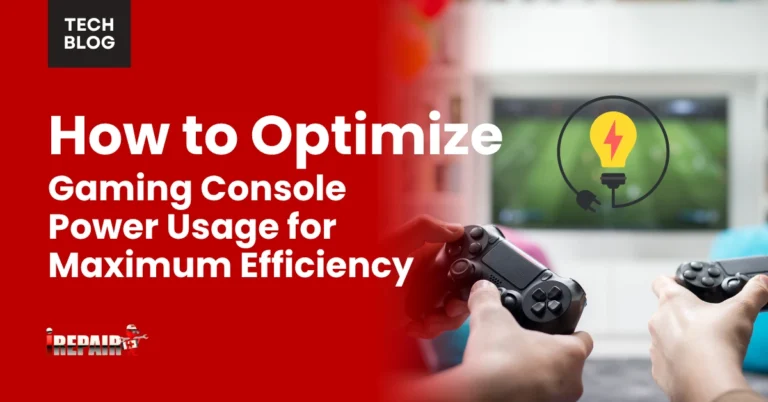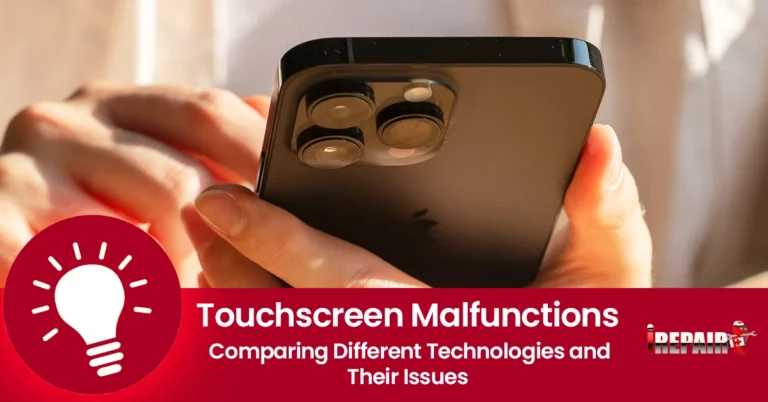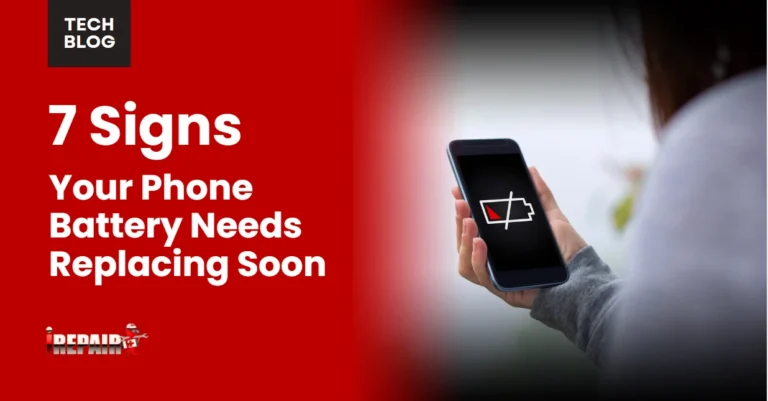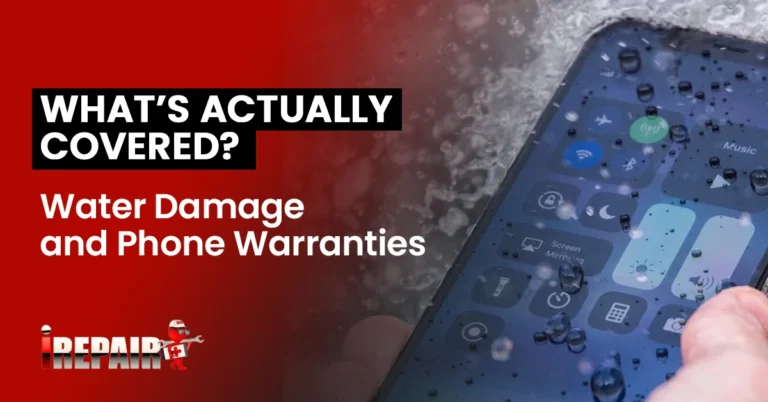Holiday Travel Tips: How to Protect Your Devices This Christmas
To keep your devices safe during holiday travels, start by securing Wi-Fi connections with a VPN and avoid auto-joining public networks. Use complex passwords and enable two-factor authentication for extra security. Ensure device tracking features are activated to locate or remotely lock your devices if lost quickly. Steer clear of public charging stations and use personal chargers or power-only USB cables instead. Don’t forget to back up your data using cloud services to prevent loss. Keeping these tips in mind can ensure a secure and stress-free holiday experience, and there’s even more you can do.
Secure Your Wi-Fi Connections
When traveling, it’s crucial always to secure your Wi-Fi connections to protect your personal information. As tempting as it is to hop onto a free network, public Wi-Fi can be a hacker’s playground. You don’t want to risk having your sensitive data intercepted. So, how do you keep your internet use safe on the go?
First, consider using a Virtual Private Network (VPN). VPNs are vital for Wi-Fi security because they encrypt data, making it much harder for intruders to access. Think of a VPN as a secure tunnel between your device and the internet. Even if you’re on public Wi-Fi, your data remains protected.
Additionally, ensure your device is set to ask before joining any new network. Avoid auto-joining networks, which can lead to accidental connections to insecure networks.
Lastly, ensure any network you connect to requires a password. If a Wi-Fi network doesn’t have a password, it’s best to steer clear. Password-protected networks offer an extra layer of security, reducing the risk of unauthorized access. Stay vigilant and enjoy a secure browsing experience while traveling.
Use Strong Passwords
Securing your Wi-Fi connections is critical to keeping your devices safe while traveling. Another vital aspect is using strong passwords. Strong passwords act as your first defense in cybersecurity, making it harder for hackers to breach your accounts. When creating passwords, aim for a mix of uppercase and lowercase letters, numbers, and symbols. Avoid using easily guessed information like birthdays or common words. If remembering complex passwords is challenging, consider using a password manager.
In addition to strong passwords, enabling two-factor authentication (2FA) adds an extra layer of security. This way, even if someone can crack your password, they’ll need a second verification form, typically a code sent to your mobile device, to access your account. It’s an effective method to prevent unauthorized access and potential theft of sensitive information.
Encryption is another critical tool in your cybersecurity toolkit. Ensure your devices and sensitive files are encrypted, making them unreadable without the correct decryption key. Combining strong passwords, 2FA, and encryption significantly reduces the risk of theft and unauthorized access, keeping your digital life secure while you enjoy your holiday travels.
Enable Device Tracking
One of the smartest moves you can make to protect your devices during holiday travel is enabling device tracking. With the hustle and bustle of Christmas travel, it’s easy to misplace or lose your gadgets. Tracking apps allow you to locate your devices quickly, reducing the risk of permanent loss. Many smartphones and tablets have built-in tracking features, so ensure they’re activated before hitting the road.
Tracking apps not only helps in locating lost devices but also adds an extra layer of security. If your device falls into the wrong hands, these apps often allow you to lock your device remotely or even wipe its data to protect your personal information. This is a crucial security measure, especially when you’re away from home.
Remember that having insurance for your devices can further safeguard against loss or theft. It’s a wise addition to your travel plans, providing peace of mind knowing you’re covered. Lastly, ensure your data backup is up-to-date. You won’t lose cherished holiday photos or important documents if your device is unrecoverable. Enabling device tracking is a proactive step in your travel security strategy.
Be Wary of Public Charging Stations
Public charging stations can be a lifesaver during holiday travels but pose significant security risks. When you’re low on battery, it’s tempting to plug your device into a free charger at airports or cafes. However, these stations can be compromised, leading to potential malware attacks on your devices. Just like public Wi-Fi, which can expose your data to cyber threats, public chargers can be a gateway for hackers.
To protect yourself, consider some important cybersecurity considerations. First, always use your charger and cable. Avoid using the wires provided at public charging stations, as they can be tampered with to install malware on your device. Investing in a power-only USB cable prevents data transfer and ensures you get only power.
Power management is also crucial. Carry a portable power bank to minimize the need for public charging stations. It controls your device’s power supply without the associated risks. Additionally, ensure your device’s malware protection is up-to-date to defend against threats. Being cautious and prepared allows you to enjoy your travels without worrying about compromising your device’s security.
Backup Your Data
Regularly backing up your data is crucial, especially when traveling during the holiday season. With all the hustle and bustle, the last thing you want is to lose precious memories or important documents if your device gets lost or stolen. Start by considering the various available data backup solutions. Cloud storage is convenient, allowing you to access your files from anywhere. Services like Google Drive, iCloud, or Dropbox can automatically sync your data, ensuring it’s safe no matter what happens.
While you’re at it, explore insurance options for your devices. Some plans offer coverage for data recovery, which can be a lifesaver if you lose your device. It’s also wise to keep a list of emergency contacts handy, stored separately from your devices, so you can quickly reach out if you’re in a bind.
Frequently Asked Questions
What Type of Travel Insurance Covers Electronic Devices?
When considering travel insurance, you’ll want to look for a policy that includes personal effects or electronics coverage. These policies typically cover loss, theft, or damage to your electronic devices like laptops, smartphones, and cameras during your trip. Make sure to check the policy limits and any exclusions that might apply. It’s wise to list your devices and their values to ensure they’re fully covered. Don’t forget to read the fine print!
How Can I Prevent Overheating in Cold Climates?
Preventing device overheating is crucial in cold climates. Keep your gadgets in insulated cases to maintain a stable temperature. Don’t leave them in direct sunlight or near heaters, as sudden warmth can cause problems. If your device gets cold, let it gradually warm to room temperature before using it. Always monitor the temperature settings and avoid overcharging, which can generate unnecessary heat. Stay cautious, and your devices will function smoothly.
Are Waterproof Covers Necessary for All Devices?
Waterproof covers aren’t essential for every device, but they’re a wise choice depending on your travel plans. If you’re headed to a destination where rain, snow, or water activities are likely, waterproof covers can protect devices like phones, cameras, and tablets from water damage. Regular cases suffice for everyday environments, but it’s better to be safe and protect your devices from unexpected splashes or spills.
What Are the Best Practices for Packing Electronics in Carry-Ons?
When packing electronics in your carry-on, you should start by organizing them to keep them easily accessible for security checks. Use padded bags or cases to prevent damage and separate chargers to avoid tangling. Keep items like laptops and tablets in protective sleeves. Don’t forget to include a portable power bank for charging on the go. Always pack electronics near the top for quick access and security.
How Do I Manage Roaming Charges on International Trips?
Check with your mobile provider for international plans to manage roaming charges on international trips. These plans are often cheaper than pay-as-you-go rates. Turn off data roaming in your phone settings to avoid unexpected charges. Use Wi-Fi whenever possible, and download maps or guides offline before you travel. Consider purchasing a local SIM card for cost-effective data and calls. Monitor your data usage to prevent overage fees.







